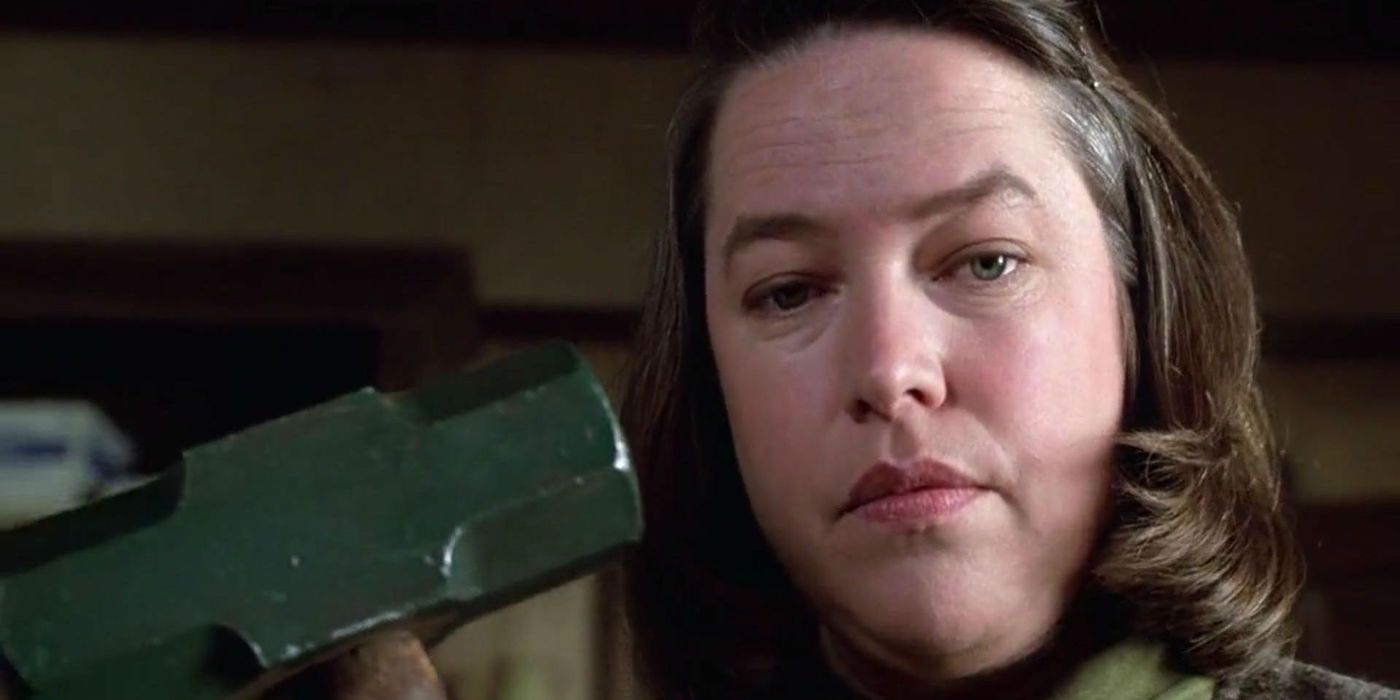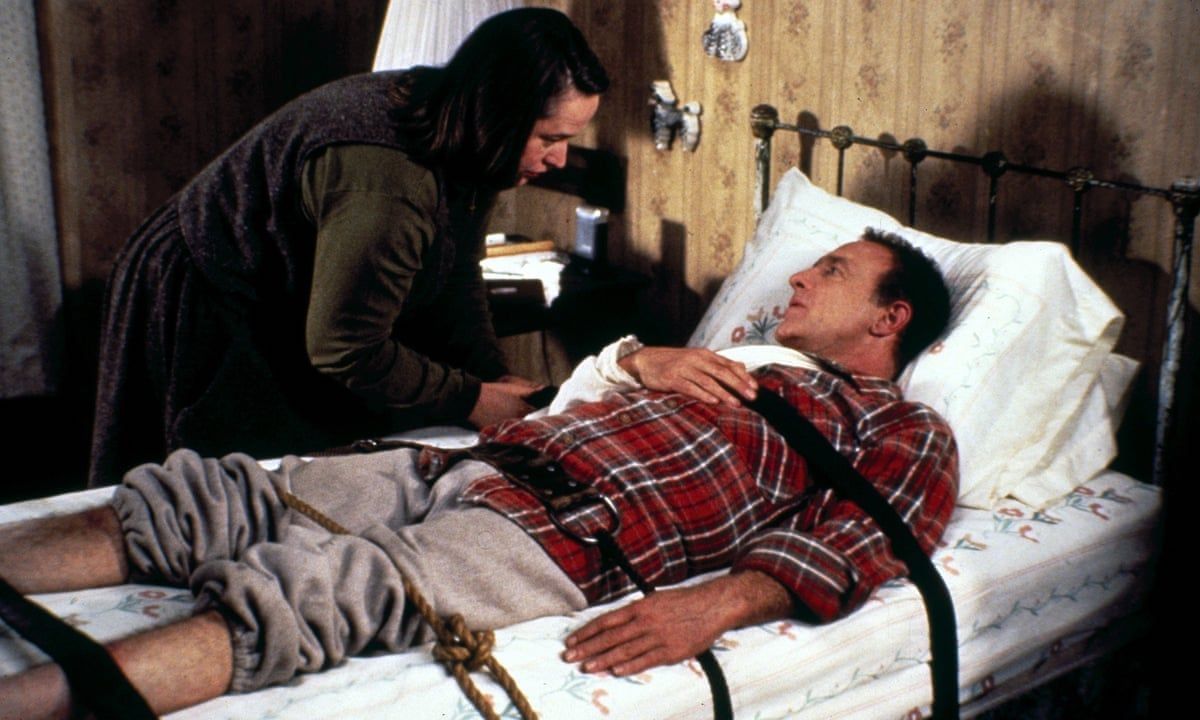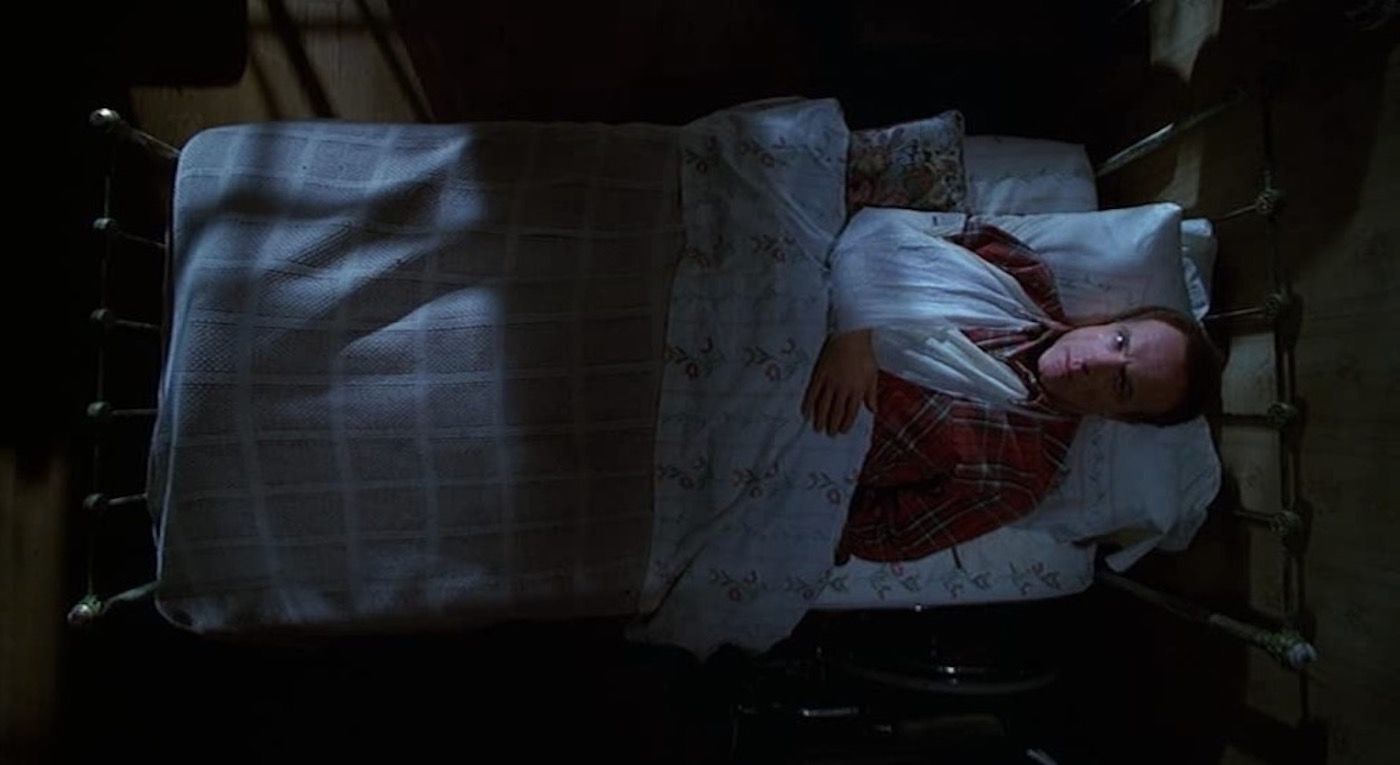Jesus Christ, another piece about watching movies in the neverending soul-suck that is this politically-corrupt pandemic year. I know. I know! Full disclosure, if it was up to me I'd be firing off completely harmless features about how many times you see Pedro Pascal's chin in The Mandalorian then log off to attend a Thanksgiving dinner without a single worry I might sneeze into the sweet potatoes and kill off a substantial portion of upstate New Jersey. But that's not reality; reality is living day-to-day with a virus that's spiking again, and reality is the impossibility—especially when it's your job—of separating the art you consume from the context you consume it in. "Turn off your brain and enjoy it" is a privilege of an un-anxious mind, but it also ignores the fascinating ways great art can bend itself through time; how a great film can hit completely different at a different point in your life. This point? It's been lonely. It's been scary. It's been misery.
Seamlessly transitioning: Misery hit theaters 30 years ago this week.
Purely on its own terms, Misery is a success story full of small miracles. Rob Reiner is not the first name to pop into anyone's head when it comes to horror, but Misery marks his second time converting the works of Stephen King into a classic, after Stand By Me. It's also a book that has no business working as a movie; Misery is an isolated two-character affair that relies heavily on the inner musings of its main character, Paul Sheldon, an author being held captive after a car wreck by his psychotic #1 fan, Annie Wilkes. The casting didn't make things any less complicated. For Paul, you have famously ill-tempered James Caan—accepting the role after almost a dozen first-choices turned it down—on the other side of a personal downslope and looking for a career comeback. For Annie, Kathy Bates in her first major film role, at the time a relative unknown to the general audience outside of Broadway.
Obviously, three decades on, Misery's success can't be denied. Bates won a Best Actress Oscar for her role. Caan added another defining role to his legacy while barely moving his legs. The sight of Annie absolutely demolishing Paul's foot with a sledgehammer—a feat of practical wizardry whipped up by Robert Kurtzman, Greg Nicotero, and Howard Berger's KNB EFX Group—is rightfully listed alongside some of the most iconic horror images of all time. The movie holds up, is what I'm saying, and the most obvious parallel to draw is between the horror of being locked up by an obsessive fan and the horror of being locked up because of an all-consuming virus. It's not the same scenario, but they share a sense of futility, of having our hands metaphorically—in Paul's case, literally—tied to our sides by something unreasonable. That's the undercurrent of Misery that remains vital throughout the years; it's just the Annies that change. For King, it was dope. "Annie was my drug problem, and she was my number-one fan," he told The Paris Review in 2006. "God, she never wanted to leave."
Our modern-day Annie Wilkes doesn't love us, but God, it doesn't want to leave.
But that's not even the scariest part of watching Misery in 2020. It's not just Bates' ever-shifting performance or the claustrophobia of Barry Sonnenfeld's Hitchcock-inspired cinematography. It's the normal, steady passage of time that does not stop because you can't leave the house. The crux of the film is Annie forcing Paul to write another entry in his massively popular "Misery Chastain" romance series, and the most horrifyingly familiar sight in Misery becomes someone who, among all this terror, has to just...get to work. He has to work while pretending his situation hasn't devolved into a constant state of fight-or-flight. Even if it's just the moments he's at the typewriter, while his fingers are moving, he has to briefly shut out the constant klaxon sirens of anxiety just to survive. (A disturbing note the book touches on more than the movie is that, in these moments, Paul cannot help himself from feeling thrilled by the work, even under the circumstances.) It reminds me of how normal isolation has become, and how disturbing it is that we had to normalize it in the first place. Thanks to 2020, the single scariest sequence in Misery is the montage of Paul's work, day after day as the snow turns to rain, a reflection of everyone in America realizing "two weeks of quarantine" meant something without a clear ending and still having to just...get to work.
I don't know what "the other side" of our situation looks like. Paul Sheldon got the shit kicked out of him by Annie Wilkes then bashed her head in with a ceramic pig, which medical professionals have informed me is not a legitimate way of defeating COVID-19. But I do keep returning to the final scene of Misery, 18 months after Paul's escape, the author sitting in a restaurant—imagine!—and telling an editor he'd rather not "dredge up the worst horror of my life just so we can make a few bucks." But he still sees Annie, walking toward him with a knife, not the actual Annie but a specter he still thinks about "once in a while." The scariest thing about Annie—about Misery—is that there is no "other side"; there is survival and then there are scars that last the rest of your cockadoodie life.



